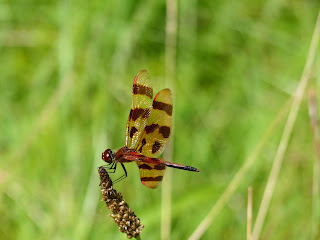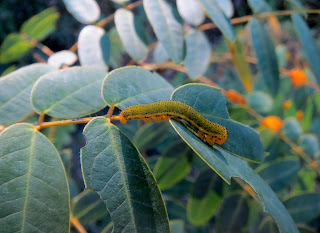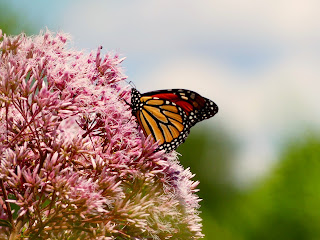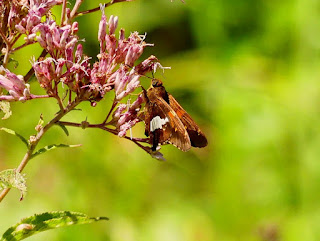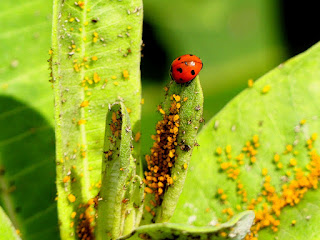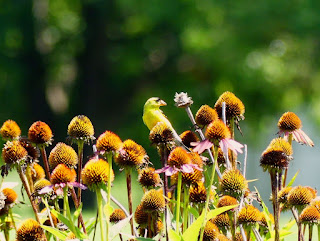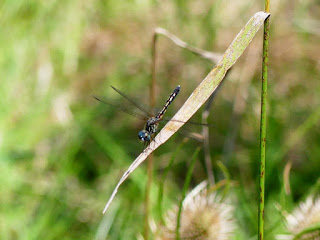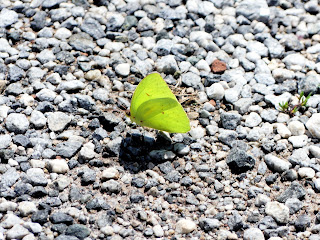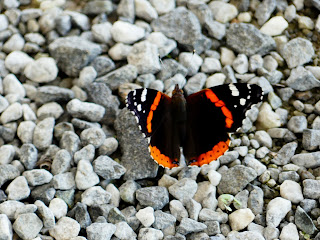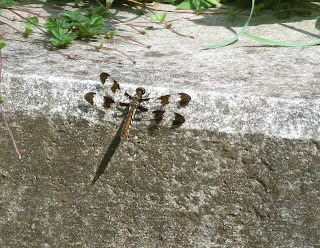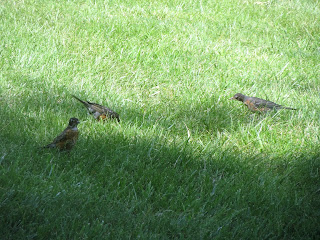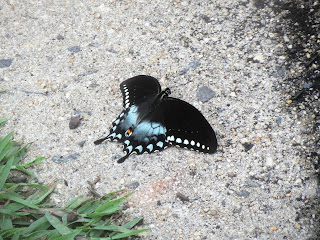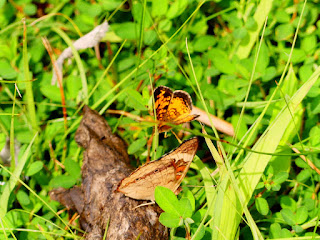Sleepy Orange Mudpuddling
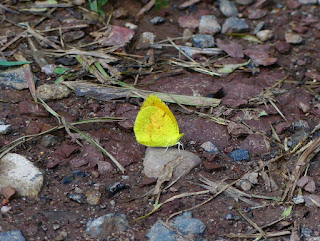
Yesterday I originally thought I was seeing 4 Cloudless Sulphurs mudpuddling, but then I noticed that I also photographed a Sleepy Orange almost immediately after that picture. Looking back at the picture with the 4 butterflies, the edge-on one on the left looks quite a bit smaller than the 3 Cloudless Sulphurs for which we have a good view. I'm now thinking that the small one was one of our smaller sulphurs, and likely to be this guy below. Similar to birds, a lot of times you'll see different species feeding together mostly peacefully (though I think birds do have a "pecking order" that probably doesn't occur in butterflies). August 18, 2020 at Duke Farms

